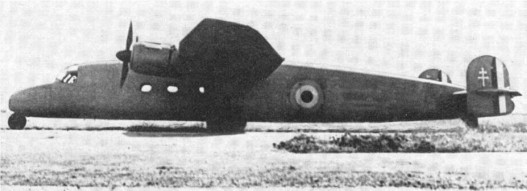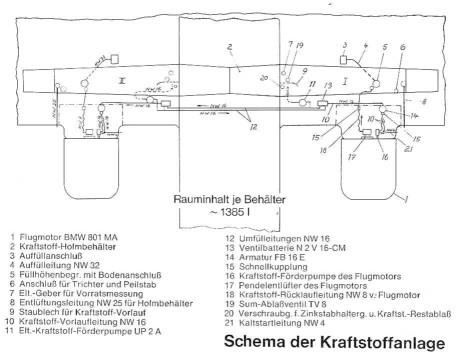| Type |
Fast passengerplane , crew 3 , passenger 18 |
| Engine |
2 BMW 801MA 2 x 1560 hp at start and 2 x 1310 hp cont. power |
| Dimensions |
Length 21,90 m , height 5,10 m , span 26,90 m , wing area 89,40 m ,Span 26.90 m, gauge 8.57 m, |
| Weights |
Empty 9910 kg, loaded 14100 kg , max. take off weight |
| Performance |
Max.. speed 460 km/h a 4000 m , cruising speed 410 km/h a 4000 m , range 1550 km, endurance , service ceiling 8600 m , climb 8,3 m/s at sea level, time to 2000 m 4,5 min., to 8000 m 31,5 min, landing speed 118 km/h, required startlength to 20 m 500 m |










